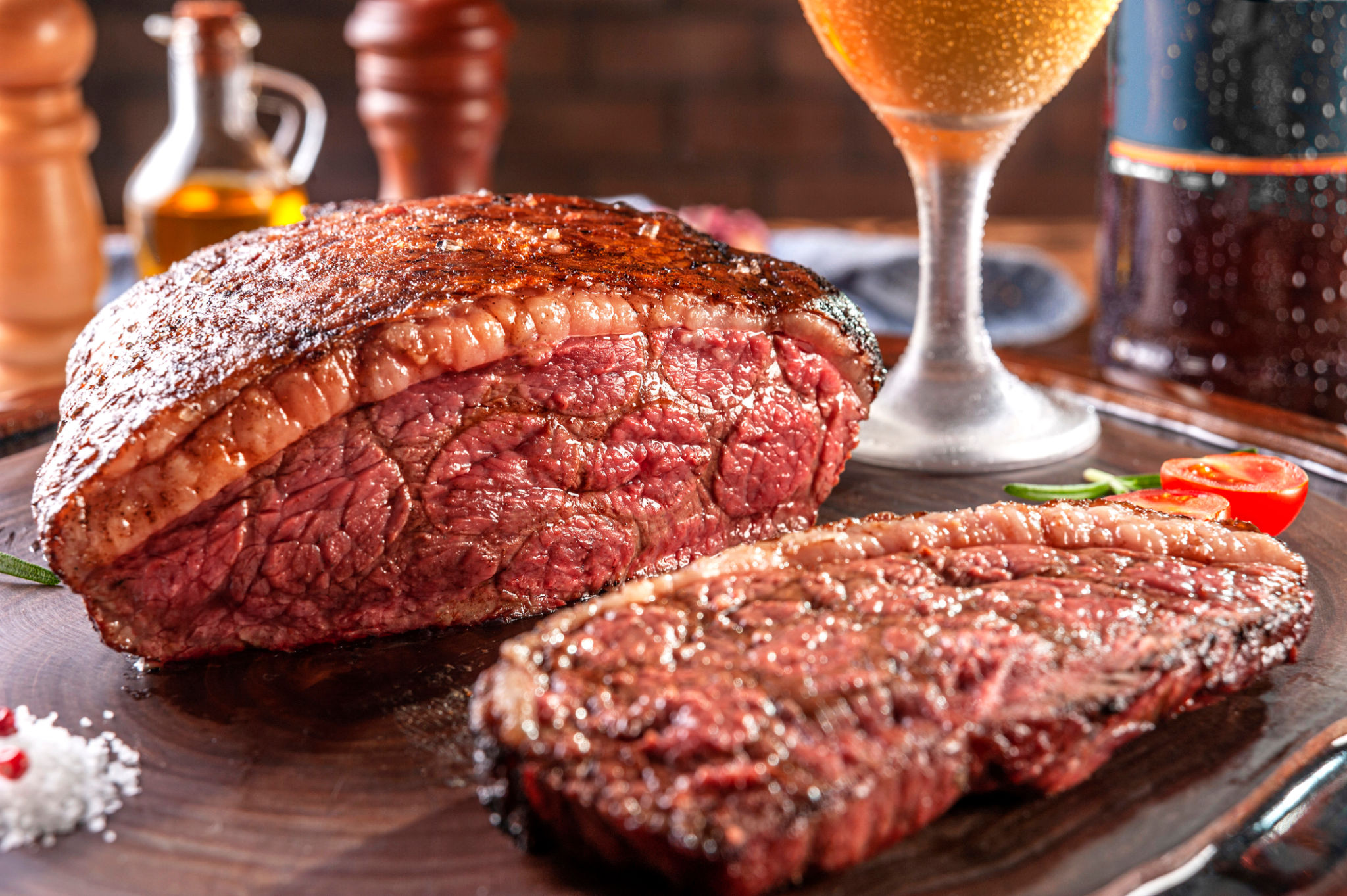Navigating the Challenges of Exporting Brazilian Beef to Asia
OP
Understanding the Growing Demand for Brazilian Beef in Asia
The demand for Brazilian beef in Asia has been on the rise, driven by a combination of increased meat consumption and the perception of Brazilian beef as a high-quality product. This growing market presents lucrative opportunities for Brazilian exporters looking to expand their reach. However, entering this market is not without its challenges. Exporters must navigate a complex landscape of regulations, cultural differences, and logistical hurdles.
Asian countries, particularly China, have shown a remarkable appetite for beef, fueled by rising incomes and changing dietary preferences. This has positioned Brazil as a key supplier due to its vast cattle industry and competitive pricing. However, understanding the specific demands and preferences of each Asian market is crucial for success.

Regulatory Challenges and Compliance
One of the primary challenges faced by Brazilian beef exporters is meeting the stringent regulatory standards imposed by Asian countries. These regulations can vary significantly from one country to another, requiring exporters to be well-versed in international trade laws and compliance requirements.
For instance, health and safety standards are paramount, with countries like Japan and South Korea having rigorous inspection processes. Exporters must ensure that their products meet these standards to avoid delays and rejections. Additionally, understanding the import tariffs and trade agreements in place can help mitigate financial risks and streamline the export process.
Meeting Quality Expectations
Asian consumers are becoming increasingly discerning when it comes to quality. Exporters must ensure that their products not only comply with regulatory standards but also meet the high expectations of consumers. This involves maintaining consistent quality and implementing effective supply chain management practices.

Cultural Considerations in Marketing
Cultural differences can impact how Brazilian beef is perceived and marketed in Asia. Understanding local preferences, traditions, and culinary practices is essential for creating effective marketing strategies. For example, while beef is highly popular in China, other countries may have different consumption patterns or preferences for specific cuts of meat.
Marketing campaigns should be tailored to reflect these cultural nuances, using local languages and culturally relevant messaging. Collaborating with local partners or distributors who have an in-depth understanding of the market can also provide valuable insights and facilitate smoother market entry.
Navigating Logistics and Distribution
The logistical aspect of exporting to Asia can be daunting due to the vast distances and varying infrastructure capabilities across the region. Exporters must develop efficient distribution networks to ensure timely delivery of their products while minimizing costs.

Cold chain logistics is particularly important for maintaining the quality of beef during transportation. Investing in reliable storage and transportation solutions can help preserve product integrity and enhance customer satisfaction.
Building Strong Trade Relationships
Establishing and maintaining strong trade relationships is critical for long-term success in the Asian market. Building trust with local importers, distributors, and retailers can facilitate smoother transactions and foster positive business growth.
Participating in trade shows, business forums, and networking events can provide opportunities to showcase Brazilian beef, establish connections, and gain insights into market trends and consumer preferences. These interactions can pave the way for mutually beneficial partnerships and open doors to new market segments.

